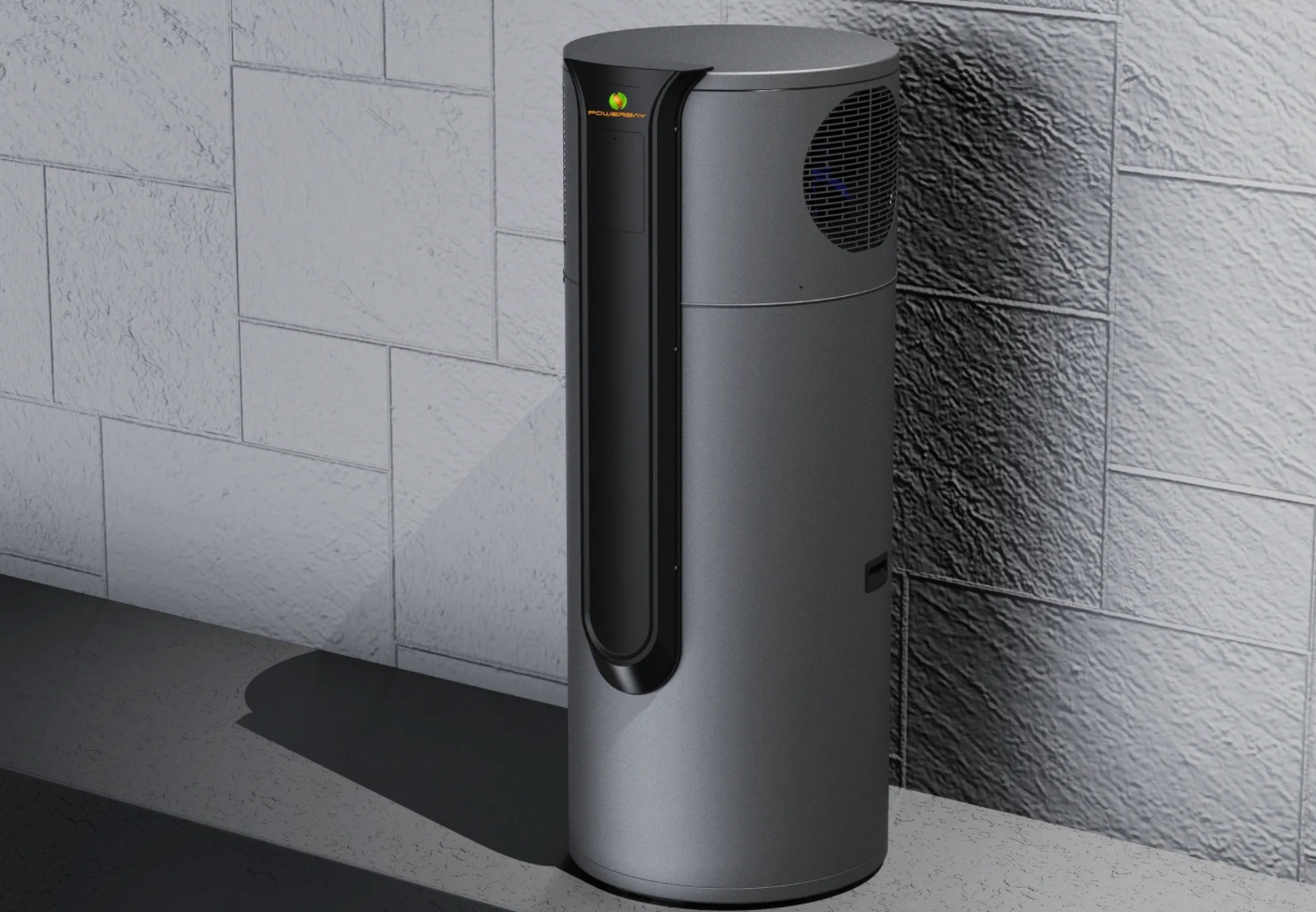7 Star Energy Efficiency Building Standards
All new homes constructed in Victoria must comply with updated minimum energy efficiency standards.
On August 26, 2022, Victoria agreed to raise the minimum energy efficiency standards for new homes from 6 to 7 stars under the National Construction Code 2022. These energy-efficient homes are more comfortable, cheaper to heat and cool, and help reduce greenhouse gas emissions. The changes include a new Whole of Home energy use budget, covering fixed appliances like heating, cooling, hot water, and lighting, making homes more cost-effective and resilient to extreme weather. The mandatory start date for these standards is May 1, 2024.
Additionally, Victoria will facilitate the installation of efficient electric hot water systems, enhancing benefits from solar panels and supporting all-electric homes.
Below are 3 ways to meet new energy efficiency standards that have a mandatory commencement date of 1 May 2024
- Design and build your home to achieve a minimum 7-star thermal performance rating, reducing energy needs for heating and cooling.
- Select energy-efficient fixed appliances to lower the overall energy consumption of your home.
- Install rooftop solar panels to offset remaining energy usage and help meet your Whole-of-Home energy budget.
With the increasing emphasis on energy efficiency, the 7-star energy efficiency building standards represent a significant leap forward. Implemented to enhance the energy performance of new homes, these standards aim to create residences that are not only comfortable but also cost-effective and environmentally friendly.
Key Features and Benefits
Enhanced Comfort and Savings: Homes built to these standards provide improved thermal comfort, ensuring a more stable indoor climate regardless of external weather conditions. This translates to lower energy bills, as the need for heating and cooling is significantly reduced.
Reduced Environmental Impact: By minimising energy consumption, these homes contribute to the reduction of greenhouse gas emissions. This is a crucial step in combating climate change and promoting sustainable living practices.
Compliance with Updated Regulations: From 2024, all new homes in Victoria must comply with these updated standards as per the National Construction Code. This includes a Whole of Home energy use budget, which encompasses fixed appliances like heating, cooling, and hot water systems.
Support for Solar Integration: The standards facilitate the installation of efficient electric hot water systems and solar panels, further enhancing the energy efficiency of homes. Rebates and incentives are available to help offset the initial costs of these installations.
Households with solar panels can save an average of $1,073 annually on electricity by generating and using their own energy. By installing both solar panels and either solar hot water or an energy-efficient heat pump, households can save up to $1,473 each year on electricity costs.
Practical Implications for Builders and Homeowners
Builders and homeowners are encouraged to adopt these standards to future-proof their properties. Training resources and rebates are available to assist builders in transitioning from 6-star to 7-star homes. Additionally, homeowners can benefit from significant cost savings and contribute to a more sustainable environment.
For more detailed information on the 7-star energy efficiency building standards, visit the Energy Victoria website.
Disclaimer: The information provided in this blog post is for general purposes only. While we strive to ensure the accuracy and reliability of the content, we make no representations or warranties of any kind, express or implied, about the completeness, accuracy, reliability, suitability, or availability of the information contained herein. Any reliance you place on such information is strictly at your own risk. We will not be liable for any loss or damage arising from the use of, or reliance on, the information presented in this blog post. It is always recommended to seek professional advice or conduct further research for specific situations or concerns. The inclusion of any links to external websites does not necessarily imply endorsement or support for the views expressed within them.


